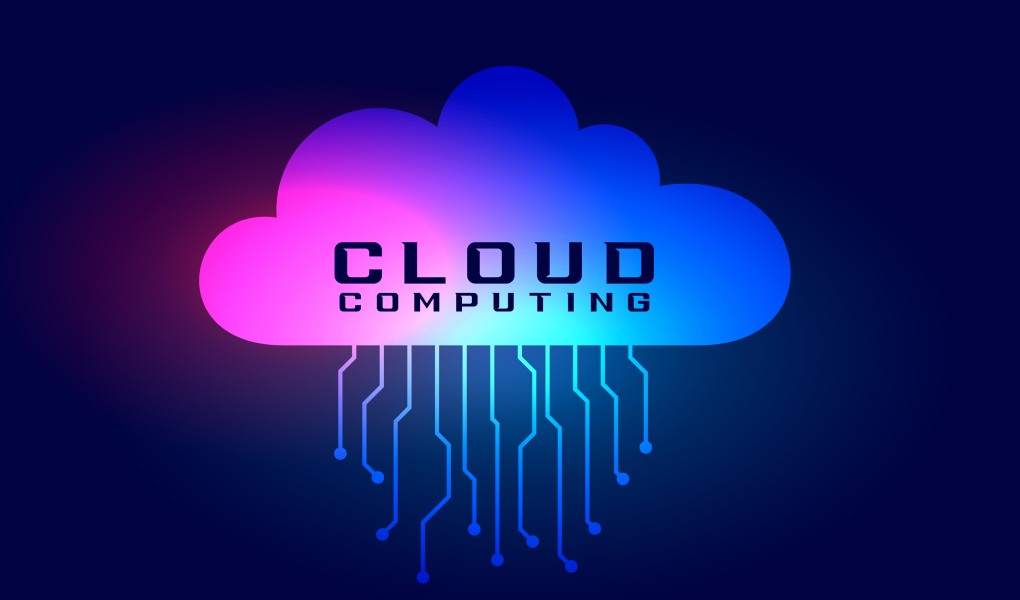Cloud Computing, Startups, And A Rapid Take-Off
Good business makes decisions based on metrics. Of course, dozens of intelligent managers can plan a strategy for a long time, count financial models and analyze the consequences of launching a new development on the market. But all this does not give a completely reliable picture. Another thing is to make a prototype of a new service or a new service, invite customers to try the product and collect usage metrics. In this case, all data is already accurate.
Just five years ago, startups had to do market assessments and build business models – launching new products was expensive and risky. I had to look for people, buy hardware, write code, set up servers, deploy the application, and pray that everything went well. Market research, while less reliable, was a much less risky and cheap method of predicting business changes.
However, the growth of cloud technologies has radically changed the picture – the launch of the prototype and tests on a live audience became cheaper, faster and more reliable:
- We take a ready-made database in the cloud. It starts in seconds; performance is tremendous. Service is included in the price – everything always works, and if your administrator messes up, the provider keeps a backup. There is no need to spend money on personnel setting up the server, organizing backups and maintaining the entire farm.
- We launch applications in the Kubernetes cluster. There is scaling, monitoring, performance, and a straightforward control panel. You don’t need to configure anything either – the cloud providers did everything themselves. This alone is already causing a storm of joyful emotions among IT specialists. Anyone who has ever tried to raise a Kubernetes cluster manually will understand and share this joy.
- Add ready-made components. In Kubernetes, you can put your applications and entire bundles of ready-made solutions. It is enough to feed ready-made containers with pieces of code to the servers – and everything will work. For a day, you can raise, for example, notification mailers or simple APIs of a mobile phone application. Everything is ready, tested and working. The amount of work when launching a new service is reduced by about 20% -50%
With the transition to cloud technologies, we are getting a world where the full deployment of IT infrastructure for a new project takes a couple of minutes. And a few more hours to fill the new cloud cluster with ready-made application components. We put our business logic on it – and a prototype of the project is ready, which can be tested on live clients.
With such a speed of deployment and development of new solutions, traditional planning methods in business are losing ground – prototypes give accurate data on real customers, and forecasting of financial models only provides assumptions.
Cloud Computing, Factories And Data
Many people remember how they had to make decisions about which data to store and which not in the past. There was not enough space in the server racks for everything. And expanding corporate storage capacity was no easy feat.
Today, we put data in cloud storage systems and do not think about how much space there is. Of course, this affected the business – now we store everything that can be useful: logs of events and user actions, all application files, state changes in the system, databases with backups.
And the information comes in handy! For example, analysts today can cross-check various data sources and deduce complex patterns in user behaviour. New sales channels, increased revenue, effective marketing communications are a consequence of the fact that we have more data, and we can store and process it in the clouds.
The rise of cloud technology has also changed the industry. Imagine a plant where industrial IoT sensors on machine tools collect a lot of information: data on equipment operation, temperature, pressure, air humidity, and other essential production parameters. These are just massive amounts of data – to process and use them, you need a complex and expensive IT infrastructure. Alternatively, you can send them to the cloud – using cloud-based IoT platforms; you can immediately benefit from this information. For example, to notice and prevent breakdowns and failures on a production line in time or optimize processes by correctly distributing the load between the machines.
Also Read: Cloud And Connectivity The Technological Revolution Of 2021



